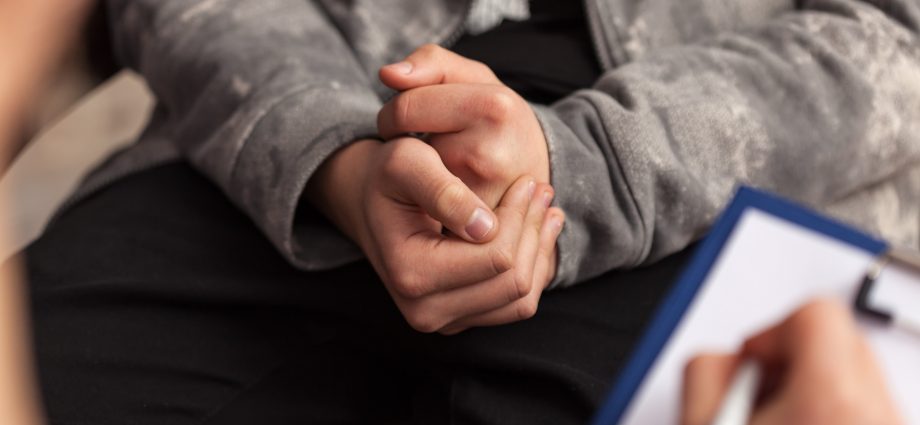TUESDAY, Jan. 9, 2024 (HealthDay News) — A ‘secret shopper’ study finds that for many American families, accessing inpatient treatment for a teen battling addiction can be next to impossible.
“If you are a family in crisis and you have a kid for whom outpatient treatment is not an option, you hope to be able to call the closest residential facility to you and have access to timely, safe, affordable care for your child,” said study lead author Dr. Caroline King, from Oregon Health & Science University (OSHU), in Portland.
Unfortunately, “this study shows that affordable, timely and effective treatment is severely lacking for the most vulnerable kids in our population,” she said in a university news release.
King conducted the study as a medical student at OHSU. She’s now an emergency medicine resident in the Yale School of Medicine.
As an influx of opioids such as fentanyl continues, there’s been a steep rise in overdoses and deaths among young Americans. That makes the need for effective residential treatment programs more urgent than ever.
But how available are these programs? To find out, King’s group posed as “secret shoppers” — people purporting to be the aunts and uncles of a 16-year-old who’d recently survived a fentanyl overdose. They reached out to 160 residential treatment centers across the United States, asking about admission availability and costs.
The results were disheartening: About half of the facilities said there was a waiting list to get in, and the average wait time was almost one month, a long time for a child in crisis.
Costs were an issue, too: If a placement was available, almost half of facilities required full or partial payment up front, with costs averaging $878 per day, the study found.
The average quoted cost for a one-month stay: $26,000.
Residential treatment centers that were run on a for-profit basis were more likely to have space available, but their costs were about triple the amount charged by non-profit facilities, King’s team found.
When told by the secret shopper that cost might be an issue, facilities often suggested folks secure a loan, take out a second mortgage on their home or put all the charges on a credit card.
All of this leads families to stark choices when a child is in crisis.
The study was published Jan. 8 in the journal Health Affairs.
“When your kid is in a crisis and needs treatment, it can be terrifying to know where to turn,” said senior study author Ryan Cook, a research and training scientist for addiction medicine at OHSU.
“Many parents or family members will look first for residential care and find the experience profoundly disheartening,” he said.
What to do?
“The solution isn’t to build new treatment centers. It’s to strengthen care for addiction in primary care settings,” said King.
Cook agreed.
“Systems-level changes are needed to ensure effective, affordable treatment options for adolescents,” he said.
More information
If you or a loved one are looking for substance and mental health treatment programs in your area, call the free and confidential National Helpline 1-800-662-HELP (4357) or visit www.FindTreatment.gov
SOURCE: Oregon Health & Science University, news release, Jan. 8, 2024
Copyright © 2025 HealthDay. All rights reserved.

